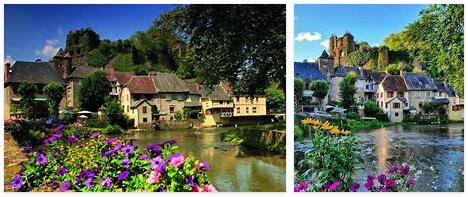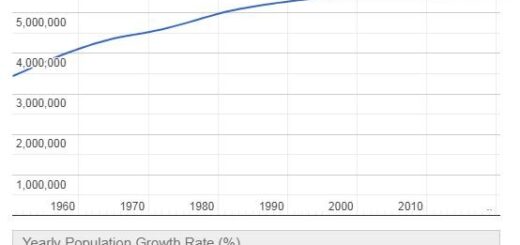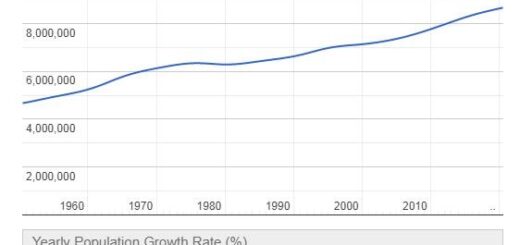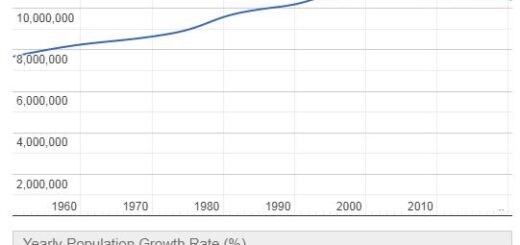Montpellier and Limousin, France
Montpellier in France
Montpellier is a popular travel destination for tourists from around the world. The lively metropolis is one of the largest cities on the French Mediterranean. It is located in the Languedoc-Roussillon region and is the capital of this province.
The landscapes of Montpellier
Scenicthe city of Montpellier has many peculiarities. It is surrounded by a hilly landscape and only 10 kilometers from the coast of the Mediterranean Sea. The river Lez flows right past the area of the city.
The landscape in which the city is located plays an important role in the history of Montpellier’s name. Today it is assumed that the original name Monspessulanus is derived from the mountain Mont Pel e, a hill in the region with little vegetation.
The history of Montpellier
Most of the cities of France have an ancient historical background and a long history. This is a little different with Montpellier. It is one of the few cities in the country that does not have an ancient past. The city was first mentioned in a document on November 26th, 986, which is not so long ago compared to many other cities.
The favorable location between Italy and Catalonia ensured that the region soon became an important trading center and an economic hub. The good Mediterranean connection created a connection between the Montpellier region and Spain as well as to Northern Europe. Goldsmiths, drapers and other trades flourished in Montpellier.
The road from Via Domitia to Santiago de Compostella served as a pilgrimage route in the Middle Ages. The Church of Notre-Dame-des-Tables in Montpellier became an important stop for all pilgrims to St. James. But not only pilgrimage tourism took place here, the expulsion of Jews and Moors from Spain also had an impact on Montpellier. A few hospitals and charitable institutions were set up here to help the displaced.
In 1220 it was the City Councilor Conrad who established a medical school in Montpellier. This school enjoyed a high reputation as early as the end of the 13th century. In 1289 this school became a university. All three great cultures, the Jewish, Arab and Christian, left their mark on this university. What was special at the time was that students from every culture studied here. This means that the three cultures met and got along peacefully. Alongside Paris, the city of Montpellier was the most important city in France at the time. As early as 1450, however, more than a third of the population at that time fell victim to epidemics.
One of the landmarks of France was inaugurated in 1963 in honor of Louis XIV in Montpellier. The Arc de Triomphe is still today the monument of the victory over the Huguenots.
The 19th century meant an economic upswing for the region, which was caused by the wave of industrialization. In the 1970s, so many French Algerian immigrants came to the area that economic growth continued. In the following years the French city developed into a pulsating metropolis and grew steadily.
Today, many international influences are recognizable, hardly anything can be seen of the original small town in the south of France. In addition to the Radio France Festival, the Montpellier Danse Festival also takes place here. The congress center is an important trade fair location with international exhibitions and a high priority for entrepreneurs.
Limousin (France)
The Limousin is a French one region. It is located in central France and is partly part of the Massif Central. Limousin is made up of the departments of Correze, Creuse andHaute-Viennetogether. Limoges is the capital of the region. The area extends over an area of 16,942 square kilometers and is home to around 725,000 residents. This makes the Limousin region one of the least populated regions of the country.
The Vienne River flows through the Limousin region and its hilly landscapes. The Monts du Limousin shape the landscape here, as does the Plateau de Millevaches, which both belong to the Massif Central.
The history of the Limousin region
The Franks subjugated what is now the Limousin region in the 2nd – 6th centuries. Some of their traces are still visible today. They put up some towers and buildings. The region later split up into several smaller vice-counties. These were ruled by the Anjou Plantagenet for centuries.
The royal house of the Anjou-Plantagenet family was created by Gottfried V, a Count of Anjou, who was Duke of Normandy in 1144. The English kings were placed in direct line from the house of the Anjou-Plantagenet from 1154 to 1399. The noble family originally came from the French Chateau-Landon. His descendant Gottfried V. is said to have worn a branch of gorse on his lapel. This branch is called plante genet in French. This gave him the nickname Plantagenet. As his first direct descendant, his son Henry II became King of England. He was followed by seven more from this noble family.
Henry II was the founder of the Angevin Empire. This included not only England but also a large part of France. But his son Johann Ohneland had a bad feeling for the country and the people and lost almost all of France’s possessions. After the Plantagenet, the Lancaster and Yorks followed into the royal family. Then the Tudor dynasty began. Edward Plantagenet, 17th Earl of Warwick, was believed to be the last English Plantagenet. He was executed in 1499.
In 1607 the French royal family took power in the Limousin region. The historic landscape of La Marche is particularly noteworthy. There are many historically significant monuments from that time here. La Marche is located in the north of the Limousin region.
When the program regions of France were set up in 1960, the current borders of the Limousin region were created. In 1972 the region was raised to the status of a public establishment and was placed under the management of a regional prefect. In 1982 the whole of France passed the decentralization laws valid. The 26 regions of the country were granted the status of local authorities. So far, this has only been carried out by municipalities and the corresponding departments. In 1986 it was possible that the people of Limousin could determine their regional councils by direct election. A gradual expansion of powers in recent years has enabled the regions to act independently and largely free hand in self-administration.
The historical language of the entire region is Occitan with the dialects of Languedoc and Limousin. This language is descended from the troubadours, and was used around 1100 to 1300.



